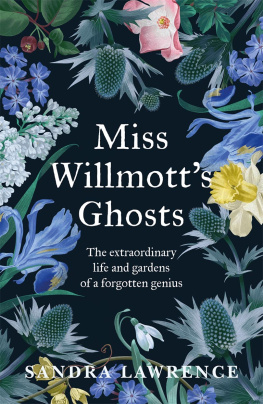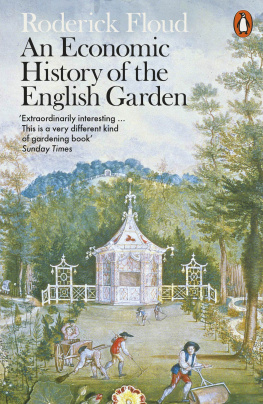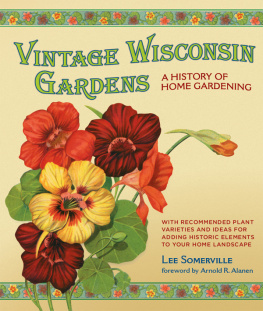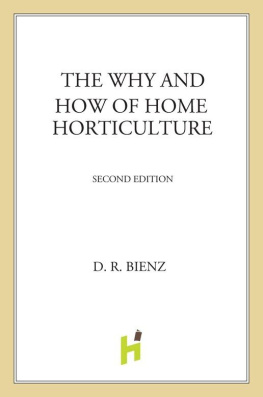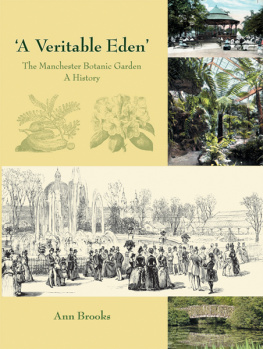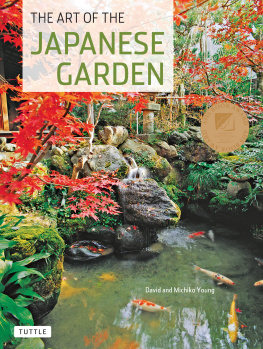
Miss
Willmotts
Ghosts


First published in the UK by Blink Publishing
An imprint of Bonnier Books UK
4th Floor, Victoria House,
Bloomsbury Square, London,
WC1B 4DA
Owned by Bonnier Books
Sveavgen 56, Stockholm, Sweden
Hardback 978-1786581-31-0
Ebook 978-1786581-32-7
Audio 978-1-78658-165-5
All rights reserved. No part of the publication may be reproduced, stored in a retrieval system, transmitted or circulated in any form or by any means, electronic, mechanical, photocopying, recording or otherwise, without prior permission in writing of the publisher.
A CIP catalogue of this book is available from the British Library.
Designed by Envy Design Ltd
Internal illustrations Jitesh Patel
1 3 5 7 9 10 8 6 4 2
Copyright Sandra Lawrence, 2022
The right of Sandra Lawrence to be identified as the author of this work has been asserted by her in accordance with the Copyright, Designs and Patents Act 1988
Every reasonable effort has been made to trace copyright holders of material reproduced in this book, but if any have been inadvertently overlooked the publishers would be glad to hear from them.
Blink Publishing is an imprint of Bonnier Books UK
www.bonnierbooks.co.uk
For Pat, Charles, and Mary, who discovered
Warley Place with me so many years ago
Contents

Gardenings Bad Girl

T HE ROOFLESS, BROKEN walls seem to crumble even as a breeze whispers through glassless windows. The visitor pauses, faintly aware of... something... a fleeting presence nudging the corner of an eye; a sensation. Perfumed roses. Chinking glasses. Distant voices. Beyond the ruined conservatorys empty doorframe shadows flit through dense woodland. A bird flutters into the undergrowth, causes a small commotion then skitters off into the silence. The winter garden settles back to solitude. It is hard to imagine this shattered carcass was once a lodestone for royalty, both horticultural and regal.
Warley Place near Brentwood, Essex, is just eighteen miles from London but it might be a world away for all it has in common with the capital. Already old when Miss Ellen Willmott arrived here with her family in 1876, its rural hillsides would be transformed under her guardianship, as she rose from horticultural maverick to one of gardenings greats.
Our traveller moves on, past a mass of naturalised yellow daffodils tumbling down Warleys steep slopes, honed to heady perfection in times past. Todays golden mongrels may no longer be prize-winners, sought out by the great, the good and the gawping, but they still dazzle in the sharp spring sunshine.
The atmosphere changes as brightness returns to shadow. Brambles part, vague outlines form and strange apparitions manifest in the tangle. Moss-covered phantoms morph into broken cold frames. Heaps of brick become crumbled steps; hollows turn into underground chambers. For a brief, intoxicating moment in the late nineteenth and early twentieth centuries, Warley played host to one of the most important gardens in the country. Then it descended into darkness, taking Miss Willmott with it.
Shallow dips and half-buried boulders conjure more spectres: of Willmotts fabled three-acre alpine ravine of gushing streams, dramatic valleys and sheltered pools. One poor ghost, the filmy fern cave, is buried so deep in leaf mould its hard to see how anyone managed to get inside at all. Thats probably a good thing; its a deathtrap now.
The old walled garden shelters more visions: an incongruously exotic Chusan palm, an ancient camellia, the remains of tightly clipped box hedging, now blousy shrubs rapidly succumbing to the modern horrors of box-tree caterpillar. Black and red terracotta tiles peep through fallen leaves; the crumbling remains of a fountain just about cling to existence. A raised pond in the labyrinth of ruined hothouses miraculously still holds water. Underground boiler rooms and mushroom houses play host to owls and bats and heaven knows what other spirits.
Even Miss Willmotts home is a phantasm. Jumbled foundations and mosaic floors hint at a music room, a library, a chapel. White-tiled, fern-fronded walls of a basement kitchen merge into the curved brick arches of a long-dead wine cellar. Victims of landslides, rockfalls and even a Second World War bomb, they whisper: of champagne, of cigars and dancing til three. It all seems a long time ago.
The only part of Warley Place still standing is that crumbling conservatory. Its said an elderly, embittered Ellen Willmott spent her final days seething here, watching her garden descend into chaos in a red mist of fury.
I dont buy that. In fact, the deeper I delve the more I dont believe she had time for sitting around at all. Ellen Willmott was a woman of decided eccentricities but languishing in self-pity was not one of them.
I grew up not three miles from Warley Place, not that I knew it at the time. In those days it was sleeping so heavily few locals knew it was there. By the early 1980s a small group of wildlife enthusiasts had hacked back enough of the undergrowth to hold occasional public open days. I was just a kid, visiting with my family, but for me it was a coup de foudre. Warley was Cair Paravel, Satis House, Misselthwaite Manor; my very own Secret Garden. I knew the drill: there was buried treasure here. All I had to do was find it.
It was only as I grew older that I began to wonder who made this shattered fantasy. Volunteers shrugged: a grumpy old woman, apparently, who had been quite famous in her day but, they were sorry to relate, wasnt very nice.
Ellen Ann Willmott (18581934) is still quite famous in gardening circles, at least. She is also still not very nice. Unlike her contemporary, Gertrude Jekyll, Willmott acquired a reputation as a prickly, difficult eccentric in her lifetime that no one bothered to argue with after her death. Prefaced with words like seminal and genius in practically every garden history book, her name has remained saddled with the same repeated facts, mainly derogatory, often told as a joke: What an eccentric, mean old woman. Youll never guess what she said/did...
I became a journalist, even wrote a few features about Warley for newspapers and magazines. Miss Willmott never went away. I obtained a second-hand copy of the only biography of her and devoured the (very) few articles available, mainly from the 1980s. She didnt come off well. She afflicts me with gloom.
The sheer number of unpleasant anecdotes intrigued me: of spectacular miserliness, of gardeners refused time off for their own weddings, then being sacked for taking it anyway. Of random rages, booby-trapped daffodils, and the revolver this pugilistic old battleaxe allegedly carried in her handbag. One tale even had a gardener dying at his post. Poor Miss Willmott, MacLeod sighed, it is so hard to find anybody who has said nice things about her. The evidence available at the time seemed to tell the same story. A set of letters at Harvards Arnold Arboretum Library, publicly available for over forty years, came to represent what Ellen Willmott thought of fellow members of her sex. They did neither her nor her subjects any favours, and there seemed little to counteract them.
Next page
